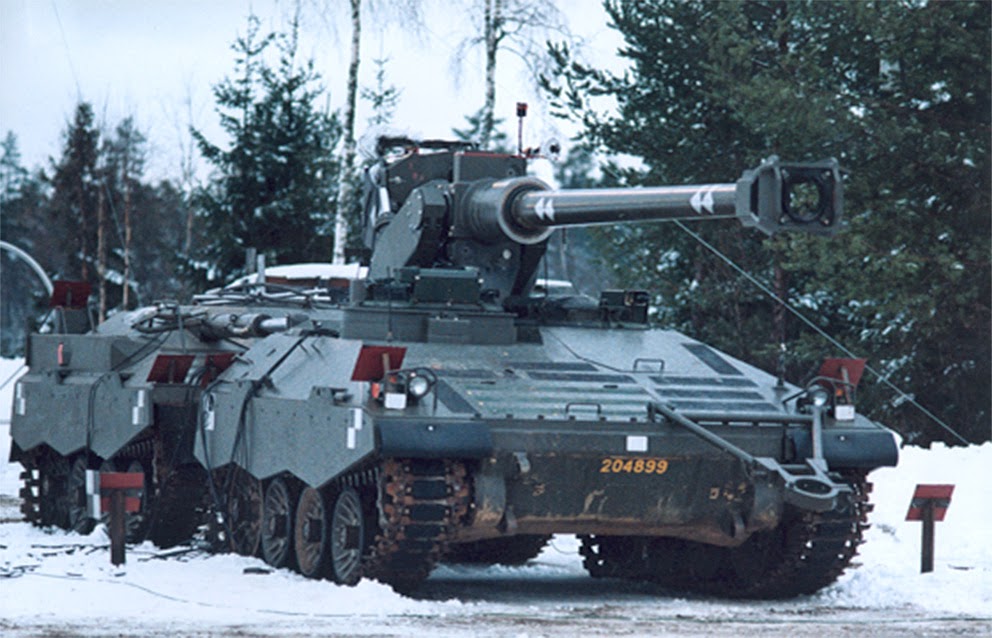


Both models predict tank pressure during draining within 3.5% of the measured values. The VOF-CFD model was also used to simulate tank draining and its results were compared with the results of the Sharp Interface model with the moving interface. The second part of this paper is devoted to validating the SI-VOF model, with an enhanced capability of moving the liquid-vapor interface, against the draining segment of the EDU experiment. Effects of the accommodation coefficient (AC), and the computational grid structure are studied.

The sensitivity of key physical and numerical parameters of the problem are tested using the Sharp Interface model. Both the Sharp Interface (SI-CFD) and VOF (VOF-CFD) multiphase models predict tank pressure during pressurization within 3% of the measured values. The results of the autogenous pressurization are presented first, focusing on the phase change and turbulence effects on the tank pressure and temperature predictions. Both models are validated against data provided by the Cryogenic Propellant Storage and Transfer (CPST) Engineering Development Unit (EDU) experiment. Modeling Autogenous Pressurization and Draining of a Cryogenic Storage Tank in Normal Gravity A two-phase CFD model for autogenous pressurization and draining of a cryogenic storage tank is presented using both the Sharp Interface and Volume-Of-Fluid (VOF) approaches for capturing the front and the associated interfacial heat, mass and momentum transfer between the liquid and vapor regions.


 0 kommentar(er)
0 kommentar(er)
